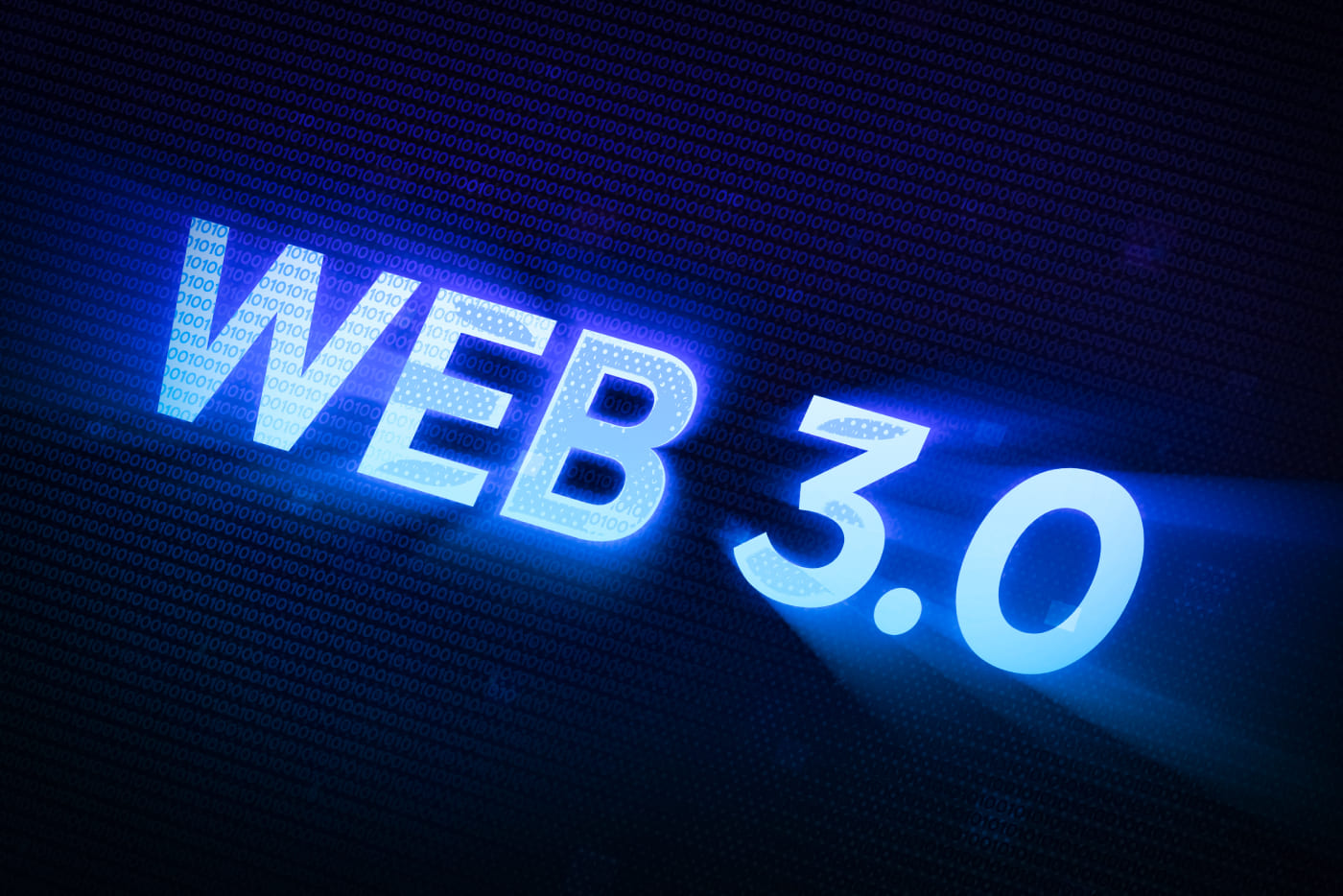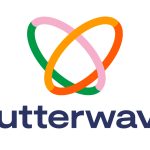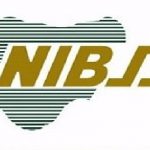Web3 is emerging as a transformative force in the digital landscape, representing a significant shift from the centralized models of Web2. This new paradigm is not just about technological advancements like blockchain, cryptocurrencies, and NFTs; it embodies a broader ethos that emphasizes decentralization, user ownership, and enhanced community engagement. As businesses begin to navigate this new terrain, understanding the implications of Web3 becomes crucial for future success.
The Evolution of the Web
The internet has evolved through distinct phases:
- Web1 (Read-Only): The original web connected users and computers globally, primarily allowing users to consume information without interaction.
- Web2 (Read-Write): This phase introduced social media, e-commerce, and user-generated content, enabling users to create and share their own content. However, this data is largely controlled by platform companies.
- Web3 (Read-Write-Own): The latest evolution allows users to own their data and digital assets, creating a decentralized ecosystem where control is distributed among users rather than centralized entities.
Key Components of Web3
- Decentralized Ownership: At the heart of Web3 lies the concept of decentralized ownership facilitated by blockchain technology. This allows users to verify and trace their assets while retaining control over their personal data. For instance, advertisers can incentivize consumers to share information in exchange for digital currency or rewards.
- Aligned Incentives: Web3 fosters a closer relationship between brands and consumers. In this environment, consumers become partners or stakeholders rather than mere customers. This shift encourages brands to engage with their audience in more meaningful ways, potentially leading to innovative collaborations.
- Community Engagement: Community plays a pivotal role in Web3. By leveraging tokenization and shared incentives, businesses can cultivate loyal communities that contribute to brand development and marketing efforts. Members are more likely to engage in transactions both online and offline, enhancing brand loyalty.
Practical Applications of Web3
Web3 introduces new business models that can redefine consumer interactions:
- Ownership of Digital Assets: Users can buy, sell, or exchange digital assets like NFTs across platforms. This flexibility mirrors physical asset ownership, enabling transactions that were previously restricted.
- Innovative Loyalty Programs: Traditional loyalty programs limit rewards to specific platforms. In contrast, Web3 allows users to trade loyalty points or tokens freely, creating new revenue opportunities for brands through secondary sales.
- Smart Contracts: These self-executing contracts automate transactions based on predefined conditions, ensuring transparency and reducing reliance on intermediaries.
Challenges and Considerations
While Web3 presents exciting opportunities, it also poses challenges:
- Adoption Barriers: Organizations must familiarize themselves with new technologies and frameworks to leverage Web3 effectively.
- Ethical Concerns: Issues surrounding privacy, cybersecurity, and ethical use of data remain critical as businesses navigate this decentralized landscape.
- Cultural Shift: Companies need to rethink their relationships with consumers. Embracing a collaborative approach where customers are seen as partners will be essential for success in the Web3 era.
Conclusion
Web3 is poised to revolutionize how businesses operate and interact with consumers. By embracing decentralized ownership, aligned incentives, and community engagement, organizations can create innovative products and services that resonate with today’s digitally savvy consumers. As this technology continues to evolve, business leaders must stay informed and adapt their strategies accordingly to capitalize on the vast potential that Web3 offers.In summary, understanding Web3 is not just about keeping pace with technological advancements; it’s about reimagining the very nature of business relationships in an increasingly digital world.















 and then
and then